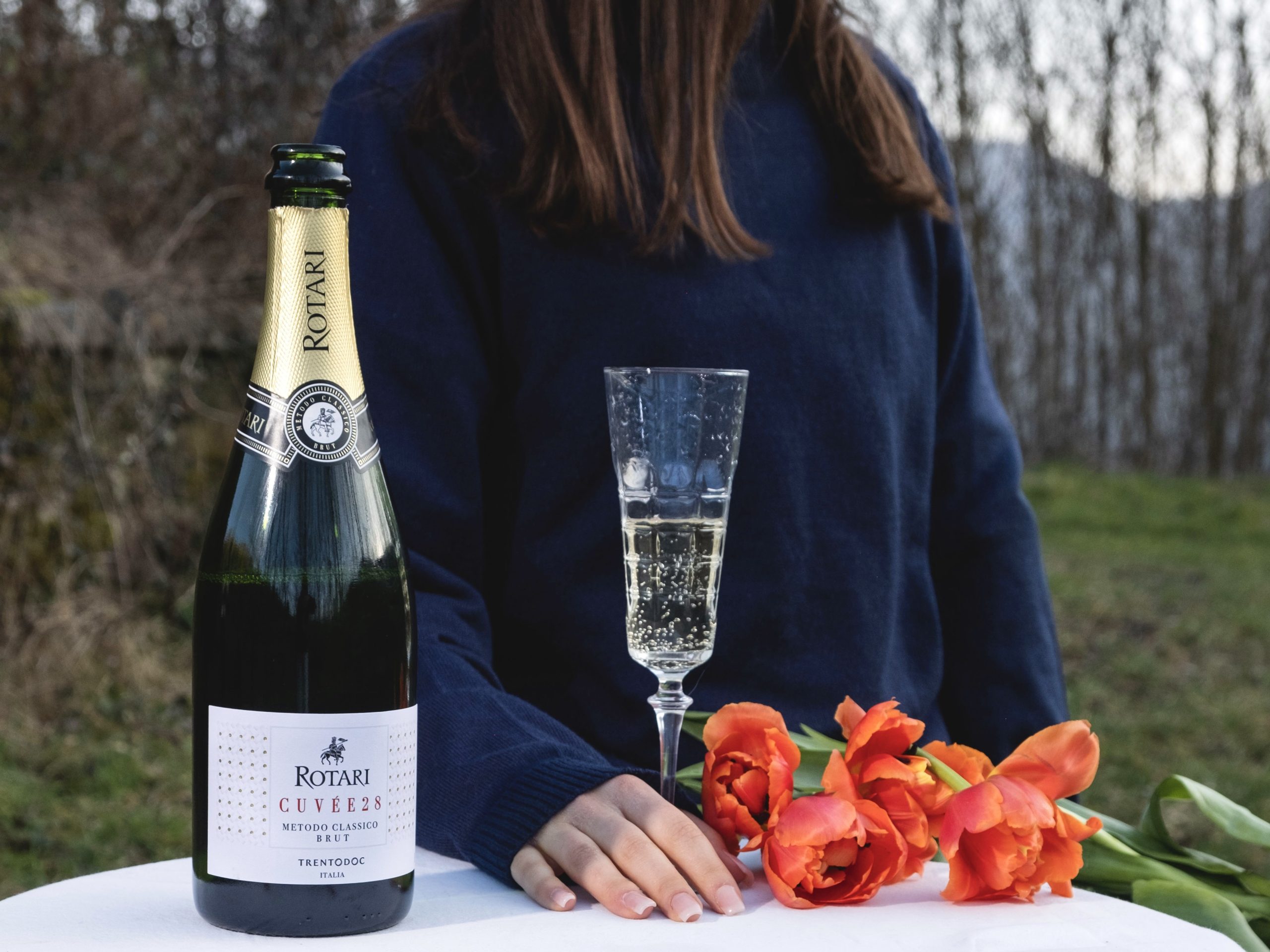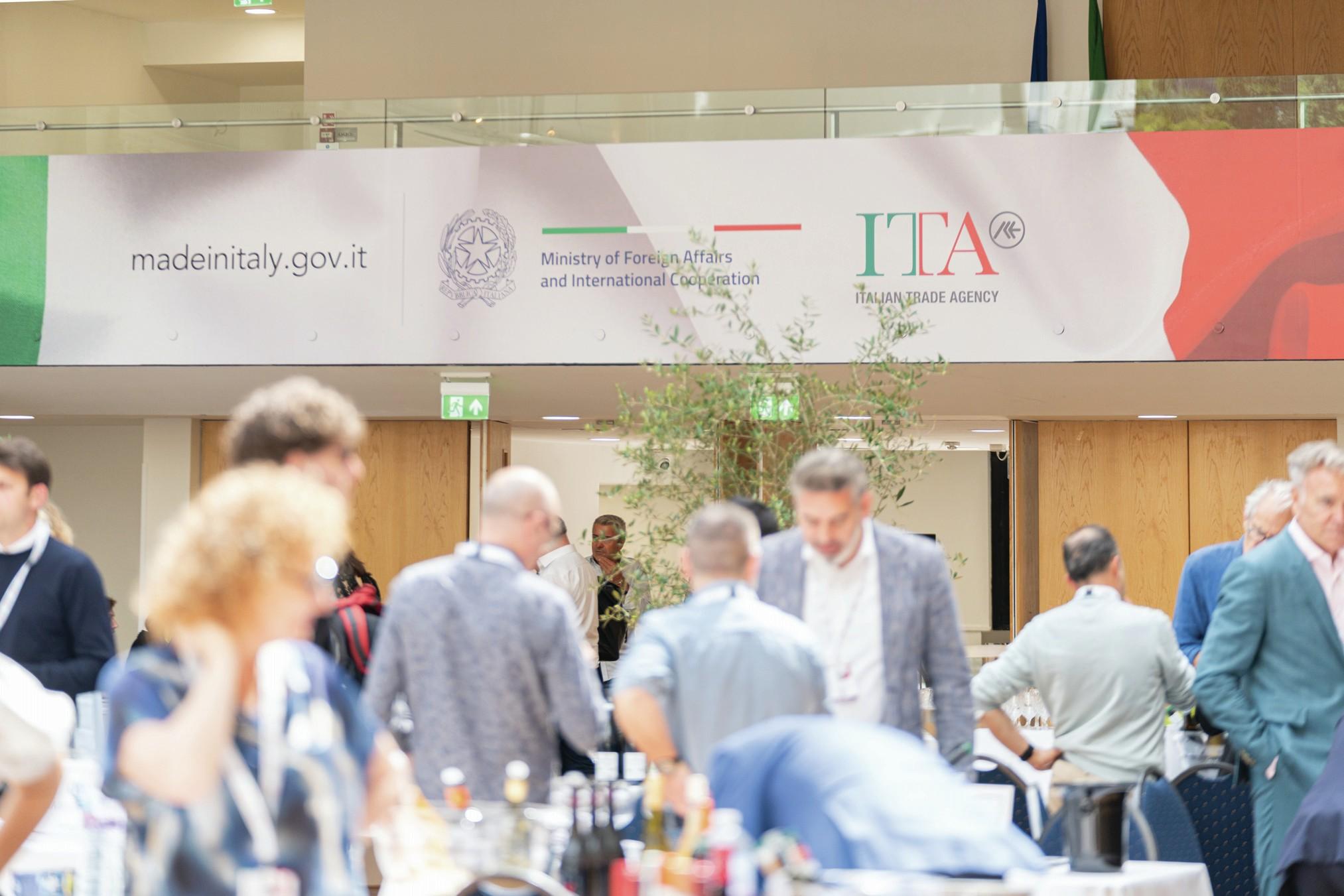What does climate change mean for fine white wine?
Why are more vintners pivoting to premium white wine and leaving red behind? Kathleen Willcox discovers what the future holds for the category.

Red wine is the ivy league of the wine world. White? On a good day—and from the right ’hood—one of the seven sisters. Partly, it comes down to practicalities.
Red wine often requires a longer aging process, in, on average, pricier vessels than whites. Once bottled, red often needs yet more time to “rest” before hitting the market. Some wineries hold bottles back for years before release, which requires a substantial investment in time and labor before a winery’s investment in a field of grapes can be harvested.
Red wine is, in a word, a diva. And yet wine connoisseurs are as eager to fork over thousands per bottle for that 100-point Napa Cab as Greenwich, CT soccer moms are to buy up the first row at Taylor Swift for their tweens and mom friends.
Perception + Investment = Prestige
The prestige of red wine comes down, in part, to perception. Great poets and politicians drink red wine. Pop stars and models drink white. Whie wine simply isn’t as serious as red.
Or so the thinking has gone, for centuries.
Red grapes are also often planted in the most expensive vineyards with the “best” terroir, in anticipation of the higher prices they will receive at harvest, and when bottled. (In California’s most recent crush report, the average price paid per ton for Cabernet Sauvignon was $1,892,40, while the average price paid per ton for Chardonnay was $1,014.63).
The perceived cachet of red wine is self-fulfilling prophecy, with vintners needing to plant red grapes in their best plots if they want to do fun things, like pay their staff and fund their overhead.
For the small, but extremely passionate cohort of white wine lovers—the ones who collect and age their Montrachet Grand and Cote de Beaune Grand Cru the way Thomas Jefferson collected obscure political tomes—the solemn, cerebral passion that is withheld from most conversations about and critical assessments of white wine is inequitable.
But a cocktail of climate change, shifting consumption patterns and, in many cases, the curiosity and ambition of powerful, oeno-paradigm sculpting vintners is changing the current and future market of white wine, and in the process, giving white wines most ardent boosters even more super-premium options to choose from.
Climate change kinder to whites?
Climate change is fickle, affecting some regions and grape varieties more than others.
White grapes, vintners are finding, may have built-in qualities that give them a slight edge over their red brethren.
For Giovanni Gaja, a member of the fifth generation at Piedmont’s GAJA winery, the promising future for ultra-premium white wine is patently obvious, and it starts with the colour of its skin.
“This may sound very obvious, but the lighter grape skin color attracts less sunlight,” Gaja says. “We have noticed in our vineyards that the interior of our red grapes can rise to levels of 40 and even 50 degrees Celsius during heat spikes, which leads to more concentrated flavors, less juice, more sugar, lower acid. As temperatures climb overall, we believe whites can adapt better.”
White grapes—unlike red—also don’t require the same level of precise phenolic maturity at harvest time to ensure quality wine, Gaja notes.
Charlie Gilmore, winemaker and owner of Cormorant Cellars in Healdsburg, CA, concurs.
“I can have some of the whites I work with, like Grenache Blanc and Sauvignon Blanc, picked at 20 brix, which is essentially unripe,” Gilmore says. “I want to make a lower alcohol wine and avoid tannins, and you can pick them early and still make a great wine.”
This ability to pick early—before an anticipated heat, rain or even fire event—gives vintners breathing space, and economic insurance. Whites can also be more flexible early in the season, as more and more regions experience late bud-destroying frosts.
Winemakers in regions known for red are hoping that more growers note the flexibility of whites, and put more vines in the ground.
“I would love to see Sauvignon Blanc planted in more areas in the Willamette Valley that are frost prone because it has such a late bud break,” says Shane Moore, winemaker at Yamhill’s Gran Moraine.
Others observe that whites can often be farmed specifically to offset warmer temperatures, with greener pest management practices, to boot.
“We are putting in 18 acres of Picpoul Blanc at a higher trellis level to offset the heat,” says Kevin Sass, winemaker at Halter Ranch Winery in Paso Robles. “At 60 inches, instead of the traditional 34 inches, our canopy and fruit will be cooler due to lower levels of heat reflection coming from the ground. And it will allow us to graze sheep in the vineyard year- round.”
Most grape varieties, particularly Picpoul Blanc and Grenache Blanc, naturally have a more vigorous canopy, Sass adds.
Partner Content
“That canopy blocks the sun and protects the grapes from sunburn,” he says. “It also allows the grapes to retain acidity even in warmer climates.”
A market thirsty for whites
As suitable as white grapes may be for a changing climate, if there isn’t a strong market for them, vintners will never invest the TLC and time required to truly elevate their status.
Rachel Rose, winemaker at Bryn Mawr Vineyards in Salem, Oregon, says she has been slowly transitioning her production to include more whites, both to reflect her personal preferences, but also because of what she sees happening in the market.
“We used to be about 40 percent white, 60 percent red, but we are moving toward 50-50,” Rose says. “Whites bring me great joy, so that is part of the reason I’m focusing more on whites. But there is a growing interest in both lower alcohol wines and crisper flavors. I feel like we are meeting people where they’re at. They are also eating locally grown, fresh foods with more spice than in the past, and whites just taste better with the food styles that are trending.”
Even in traditional regions like Italy’s Campania, where the lusty and powerful Aglianico leads production, whites like Falanghina and Greco are beginning to dominate the conversation.
“At Feudi, our production is now about 65 percent white, 35 percent red,” says Antonio Capaldo, president of Feudi di San Gregorio. “We started investing in whites in the vineyard more around 10 years ago, and we are seeing a growing interest internationally in our white indigenous varietals.”
At Andante Vineyard in Oregon’s Van Duzer AVA, unexpected grapes like Aligoté and Marsanne are attracting a new crop of wine lovers.
“Pinot Noir is still the mainstay here,” Andante’s winemaker and vineyard manager Laurent Percheron says. “But we are finding that diversity is good, because it provides insurance in the vineyard, but people also like trying new things. We have just 15 acres, so in the end, we’re a garden. Our goal is create memorable wines with the best quality grapes, and people are increasingly open to, and want more white options.”
White-hot ambition
There may be a larger potential market for white wine—but how much are people willing to pay—even in premium regions? If a winemaker can only sell their best white for half the price of their best red, will white wines ever enjoy the prestige of their ruby-hued counterparts?
GAJA arguably began laying the groundwork for a booming ultra-premium white market in 1983 when it released its first Langhe Gaia and Rey Chardonnay. Today, it sells for close to $300, and is often cellared, opened and enjoyed with as much care and delight as GAJA’s most prized Barberescos.
“At that point, if you were a wine collector, you were really only collecting reds,” Gaja says. “But we’ve come a long way from that perception. We also know now that consumers are willing to spend more.”
The Gaja family’s newest projects—IDDA in Sicily and the investment in high-altitude white plantings in Alta Langa—underline their bullish stance on whites.
In Sicily, the vineyards are comprised primarily—about 80 percent—of white varieties, with an emphasis on Carricante.
“We are focusing on the southwest slope of Mt. Etna,” Gaja says. “That area is relatively unplanted and undiscovered, but we see it as being the most promising for creating an ageable, premium wine. We did something similar in Alta Langa in 2018 when we became the first winery to plant white grapes for a still wine there. At Gaja, we are investing heavily in both white grapes and higher altitude vineyards, because we believe that is where the future is.”
Like Gaja, Napa’s The Prisoner Wine Company is seeing incredible potential in white wines, and is launching entire brand offshoots on its promise.
“More than two decades ago, The Prisoner revolutionized the red wine category with their Red Blend, effectively creating the luxury red blend category,” says Bukky Ekundayo, general manager of The Prisoner Wine Company, explaining that Prisoner launched Blindfold in 2022 to capitalize on the “remarkable growth” and “potential” of the white wine space. “With Blindfold’s Blanc de Noir, we aspired to repeat this success within the white wine category, pioneering a space with an unfamiliar or overlooked varietal.”
Blindfold offers both white wines crafted from red and white grapes (like the Blanc de Noir, made from Pinot Noir, Viognier and Gewürztraminer), and Sauvignon Blanc.
Some producers, like Lithology Wine in St. Helena, CA, are still laser-focused on red wine, but see, at the very least, an opportunity to create ultra-premium whites.
“We began grafting over 1.8 acres in 2020 to Sauvignon Blanc,” winemaker Matt Sands says. “We just grafted the remaining portion of the 1.8 acres to Sauvignon Blanc and Semillon. We are still very much focused on reds, but because our brand is mature, we feel like we have the opportunity to produce single-vineyard, ageable whites, and hopefully elevate the perception of them in the process.”
Moore is similarly buoyed by both the market response to the ageable, premium whites he has on the market already for Gran Moraine—and the future.
“Our Dropstone Chardonnay is one of the highest priced wine in our portfolio,” Moore says. “Chardonnay is really hitting its stride in Oregon overall, especially because we are such a collaborative region. Our Chardonnay Technical Tasting Committee has been a game-changer, with producers openly discussing and sharing insights into what works in terms of rootstocks, clones and aging methods.”
Climate realities, market tastes and deliciously unbridled ambitions have been transforming wine culture for millennia. But the rise of white wine? As unlikely as it may seem at first glance, take another look, and it appears to be inevitable.
Related news
The best wines from The Chardonnay Masters 2025
Chablis adapts vineyard rules to future-proof against climate challenges
How the Chardonnay Association of South Africa is changing perceptions




